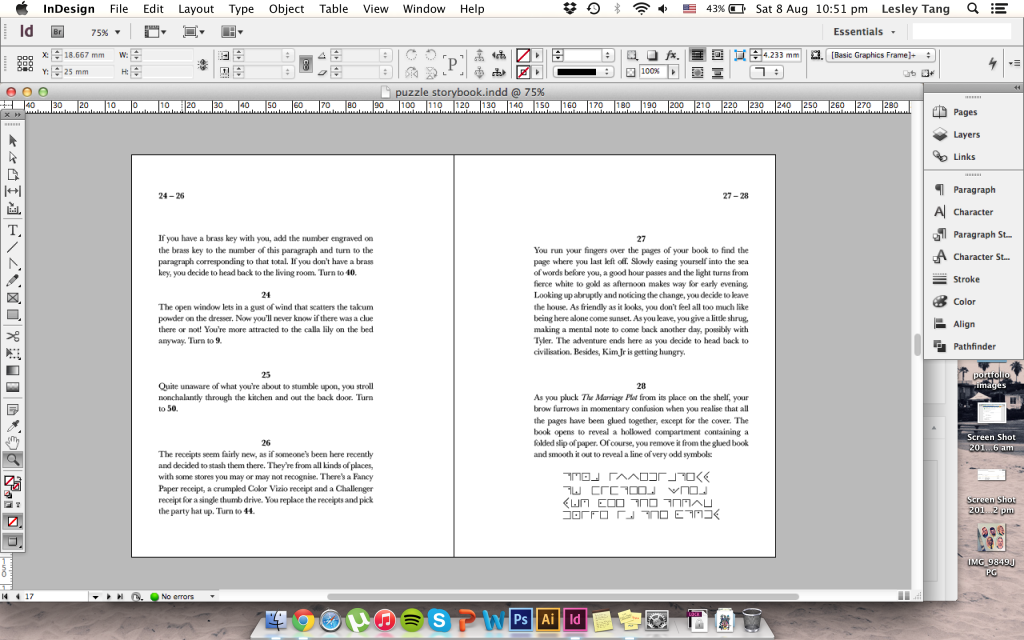http://www.theverge.com/2013/9/24/4698382/second-lifes-strange-second-life
I was never very interested in Second Life or the Sims franchise even though I had one or two Sims in my childhood and I was a fan of SimCity for a bit. Simulated reality is a wonderful way of capturing the imagination (I take Pokémon way too seriously) and creating an immersive, total experience. I wouldn’t be the only one to tell you that a Pokémon battle can get emotional, even if you look as if you’re casually button-mashing and interacting with pixels that don’t have any bearing on real life.
Creating an alternative lifestyle for oneself on a virtual platform would posess even more of a hypnotic draw, and my job isn’t quite to explain it but to note down whatever is relevant for my research.
People are very self-interested, for one. If you create an avatar resembling an idealised version of yourself (not your physical self – a version of yourself that you feel is authentic to your personality, which has no bearing on what you actually look like) you’re bound to invest time and effort into it, regardless of whether it’s tangible or not (and this makes me wonder if we should place more value on tangible goods as opposed to intangible goods, and why intangible goods are often regarded with contempt especially with regard to gaming). It isn’t unheard of for people to spend real money on their virtual possessions in Second Life and consequently to form very lasting attachments to these possessions.
The mutability of Second Life also offers a freedom that real life does not accord to you. Any aspect of the appearance is easily altered, and the environment bends to a coder’s will through several clicks and keystrokes. The phenomenon of virtual control versus real-life passivity (the thought of repainting my room, for example, makes me shudder with horror because so much effort is involved) is quite seductive.
Second Life is also subject to its own share of crime – virtual property can be duplicated and stolen, the system can be glitched and slowed down simply out of a vindictive pleasure in disrupting the order of things and the mutable age and appearance of Second Life avatars has already resulted in simulated child pornography becoming a very real phenomenon. There are communities that indulge in ageplay, which I don’t exactly want to go into more depth with than I absolutely have to. I find it unpleasant, and it’s tangential to the key issue that a virtual reality comes with its own set of conundrums and codes that don’t necessarily correlate with real-life society’s.
Another issue I was interested in more was death and virtual reality – firstly the death of an avatar (dying in Second Life returns you to your home location), the murder of an avatar (there are specific combat-centric locations in SL where you can bear arms and fight to kill – otherwise killing is a no-go) and what happens to the avatar if a real-life user dies. (And equally, what happens when a real-life user considers SL more real than his/her ‘real’ life.)
I still haven’t answered most of my own questions about existence (in terms of the virtual sphere) but this is my starter kit of thoughts for the fact-fiction issue I’m exploring.





